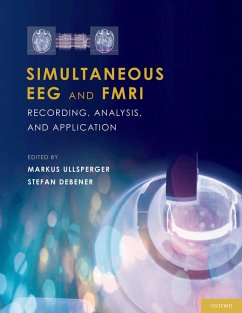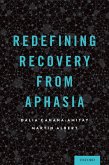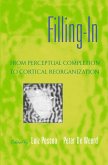One of the major challenges in science is to study and understand the human brain. Numerous methods examining different aspects of brain functions have been developed and employed. To study systemic interactions brain networks in vivo, non-invasive methods such as electroencephalography (EEG) and functional magnetic resonance imaging (fMRI) have been used with great success. However, each of these methods can map only certain, quite selective aspects of brain function while missing others; and the inferences on neuronal processes and information flow are often rather indirect. To overcome these shortcomings of single methods, researchers have attempted to combine methods in order to make optimal use of their advantages while compensating their disadvantages. Hence, it is not surprising that soon after the introduction of fMRI as a neuroimaging method the possibilities of combinations with EEG have been explored. This book is intended to aid researchers who plan to set up a simultaneous EEG-fMRI laboratory and those who are interested in integrating electrophysiological and hemodynamic data. As will be obvious from the different chapters, this is a dynamically developing field in which several approaches are being tested, validated and compared. Currently, there is no one best solution for all problems available, but many promising techniques are emerging. This book shall give a comprehensive overview of these techniques. In addition, it points to open questions and directions for future research.
Dieser Download kann aus rechtlichen Gründen nur mit Rechnungsadresse in A, B, BG, CY, CZ, D, DK, EW, E, FIN, F, GR, HR, H, IRL, I, LT, L, LR, M, NL, PL, P, R, S, SLO, SK ausgeliefert werden.









